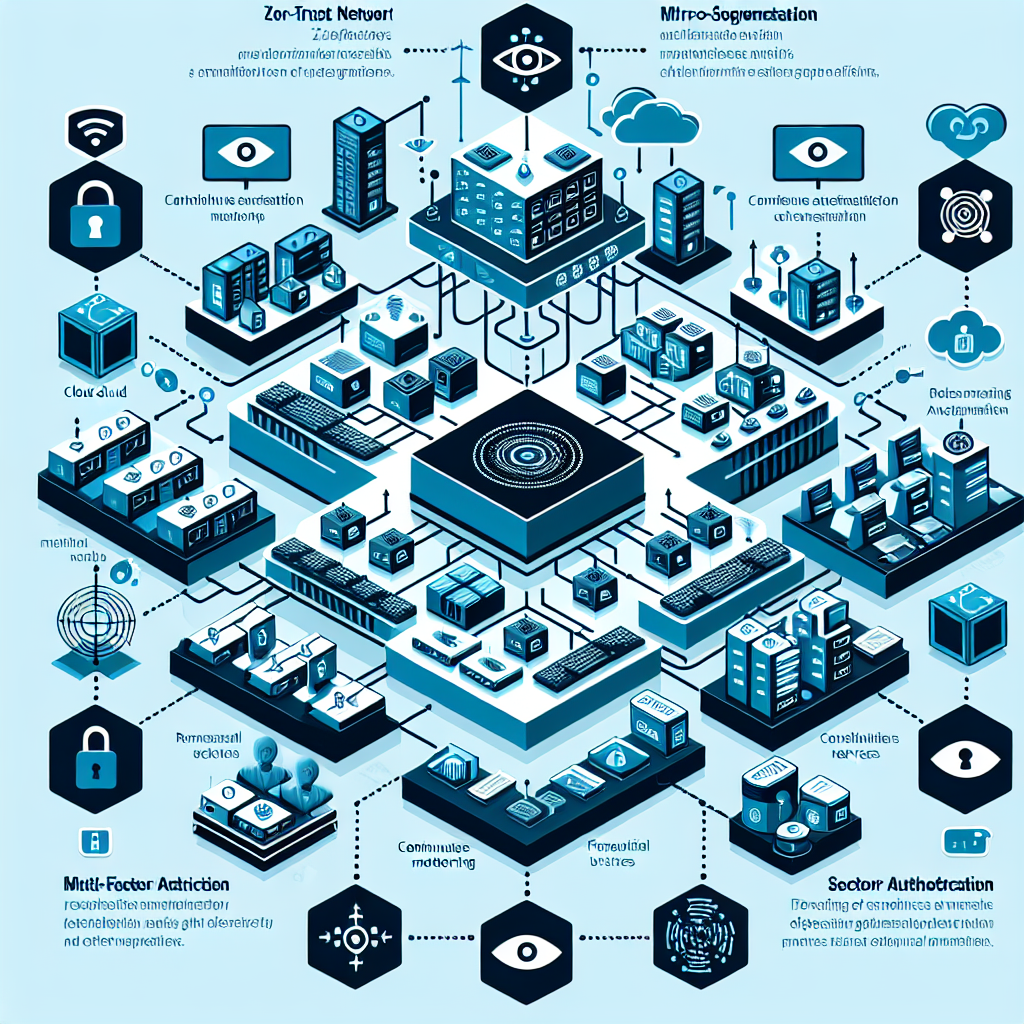The evolving landscape of cybersecurity threats has led many organizations to adopt a zero-trust architecture, a transformative approach to safeguarding sensitive data and critical systems. This paradigm shift marks a departure from traditional perimeter-based security, recognizing that threats can emerge both outside and inside an organization.
In the current scenario, where cyberattacks are becoming increasingly sophisticated, the zero-trust model offers a proactive stance. It operates on the principle of "never trust, always verify," ensuring that no implicit trust is granted to any user, device, or application, irrespective of whether they are within or outside the network perimeter. This approach demands continuous authentication and validation of all access requests, providing a robust shield against potential threats.
Real-world examples, such as the high-profile data breaches faced by Target and Equifax, illustrate the catastrophic consequences of relying solely on conventional security measures. These incidents underscore the need for organizations to fortify their defenses with comprehensive security frameworks like zero-trust. By implementing strict verification processes, even internal threats can be mitigated effectively.
Implementing zero-trust architecture involves various tactical measures, including micro-segmentation to isolate network segments and minimize lateral movement across the network. This, in conjunction with multi-factor authentication, provides an additional barrier to unauthorized access. Another critical component is the consistent monitoring and logging of network activity to detect anomalies and respond promptly.
For organizations embarking on a digital transformation journey, zero-trust architecture aligns seamlessly by integrating cloud environments, remote workforces, and Internet of Things (IoT) devices into the security strategy. Major cybersecurity firms, like Deloitte and PWC, have already embraced this model to offer more robust security solutions to their clients, setting a precedent in the industry.
As data protection regulations tighten globally, adopting zero-trust architecture helps achieve compliance mandates while safeguarding critical assets. For enterprises aiming to enhance their security posture, understanding the principles of zero-trust and its implementation is not just an option, but a necessity.
Estimated reading time: 1 minute, 40 seconds
The Rise of Zero-Trust Architecture in Modern Enterprises Featured
 Exploring the rise of zero-trust architecture in cybersecurity, focusing on its significance in enhancing data and network security for modern enterprises.
Exploring the rise of zero-trust architecture in cybersecurity, focusing on its significance in enhancing data and network security for modern enterprises.
Latest from Security Tech Brief
- The Rise of Advanced Threat Detection in Cybersecurity
- U.S. Financial Sector Bolsters Cybersecurity Amid Rising Threats
- Emerging Cyber Threats: A Closer Look at Supply Chain Attacks
- Rising Threats in Cybersecurity: The Increasing Sophistication of Phishing Attacks
- Emerging Threats in Cybersecurity: What Businesses Need to Know
Most Read
-

-
Jan 30 2020
-
Written by Security Tech Brief Staff
-
-

-
Jan 25 2019
-
Written by Security Tech Brief Staff
-
-

-
May 27 2019
-
Written by Security Tech Brief Staff
-
-

-
Jun 01 2019
-
Written by Security Tech Brief Staff
-














